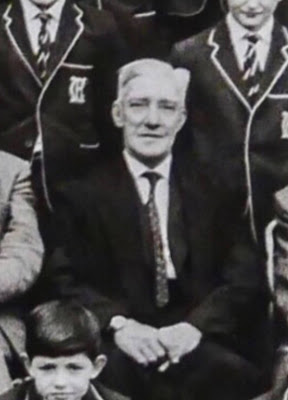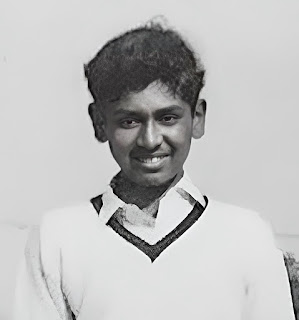CHARNEY HALL Photo ‘Spotting’
Another red herring!
You may have noticed that I have referred to ‘spotting’ when commenting on some photographs.
Spotting refers to the elimination of the black and white blemishes found on photographic prints. They are the result of air bubbles (and in the case of black spots perhaps undeveloped areas) adhering to the acetate negative film during the development process. The more white spots, the less care has been taken when inverting the processing tank during film development!
White spots seen on the photographic print are of course black on the negative! Invariably (Sods Law) they seem to always occur on or around eyes, noses, lips, profiles - in fact anywhere that you least want to see them. Occurring in large numbers they can ruin the 3D effect of a good photograph. Worse still they can render a bad photograph completely useless.
So it is for this reason that I spend hours of my time, whilst watching TV, eliminating as many as I deem to be detrimental to the photographic record!
‘Fool’ do I hear you say?! Well maybe, but I have found that whilst carrying out this duty of care, I have found that it has improved my digital painting skills no end.
Traditionally spotting was carried out on the finished, mounted black and white print with a very fine sable brush and black watercolour stick or Indian ink, suitably mixed and diluted to blend in with the surrounding tones.
Today I do this with a digital painting programme, digital pen and iPad.
To give you an idea how much this technique can retrieve a photograph that looks as though it has been taken in a snow storm, I show the ‘before’ and ‘after’ results of Mr Fairclough’s portrait, a minute image on the 1966 School Photograph ….
Spotting has to be done with immense care where faces are concerned. It is very easy to change the appearance/perceived character of a person (people are often judged by first appearance or in this case first sight of their image) so I have to be very, very careful….
In conclusion ‘spotting’ can bring a photo to life, dramatically improving the modelling of form and features. It can bring depth and definition to the 2D image which allows the viewer to zoom in at will and appreciate the beauty and detail of a long lost scene originally experienced by the photographer, sometimes over a hundred years ago - Enjoy!!






Comments